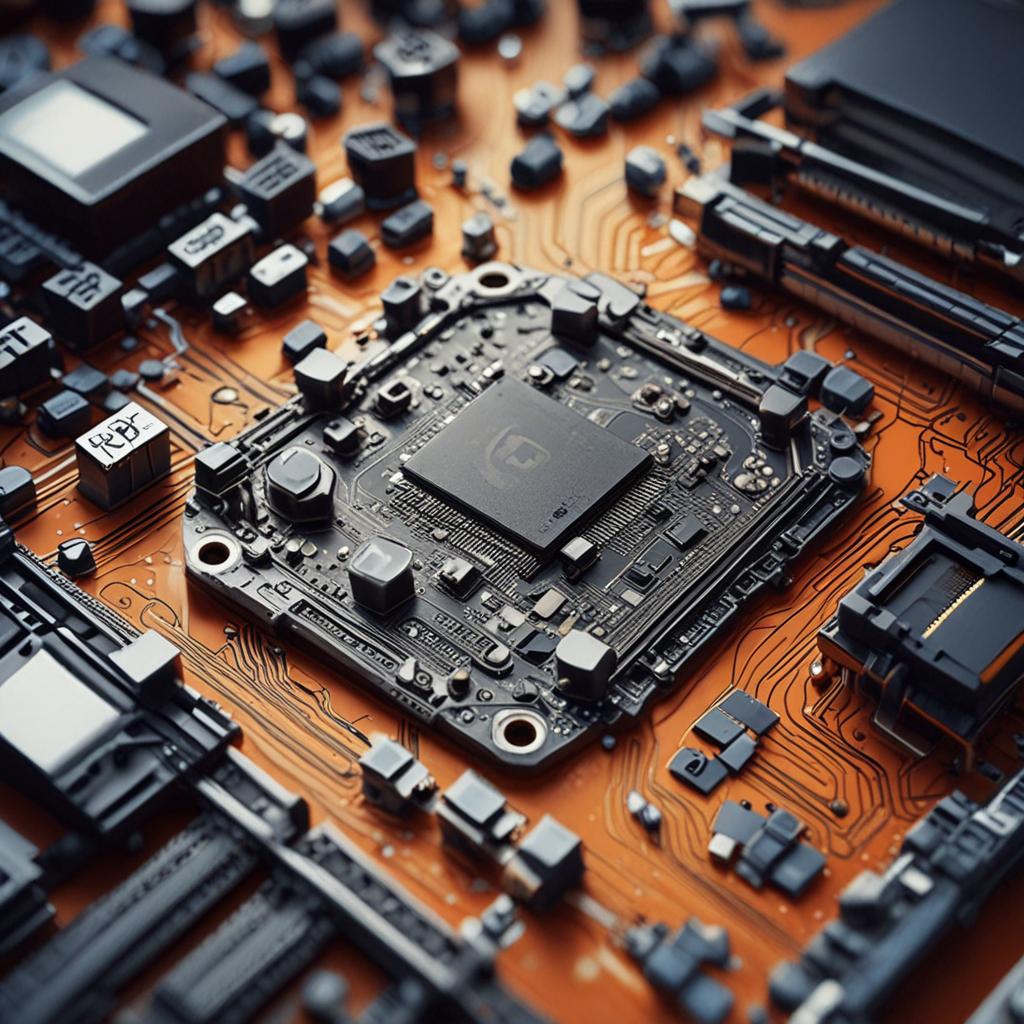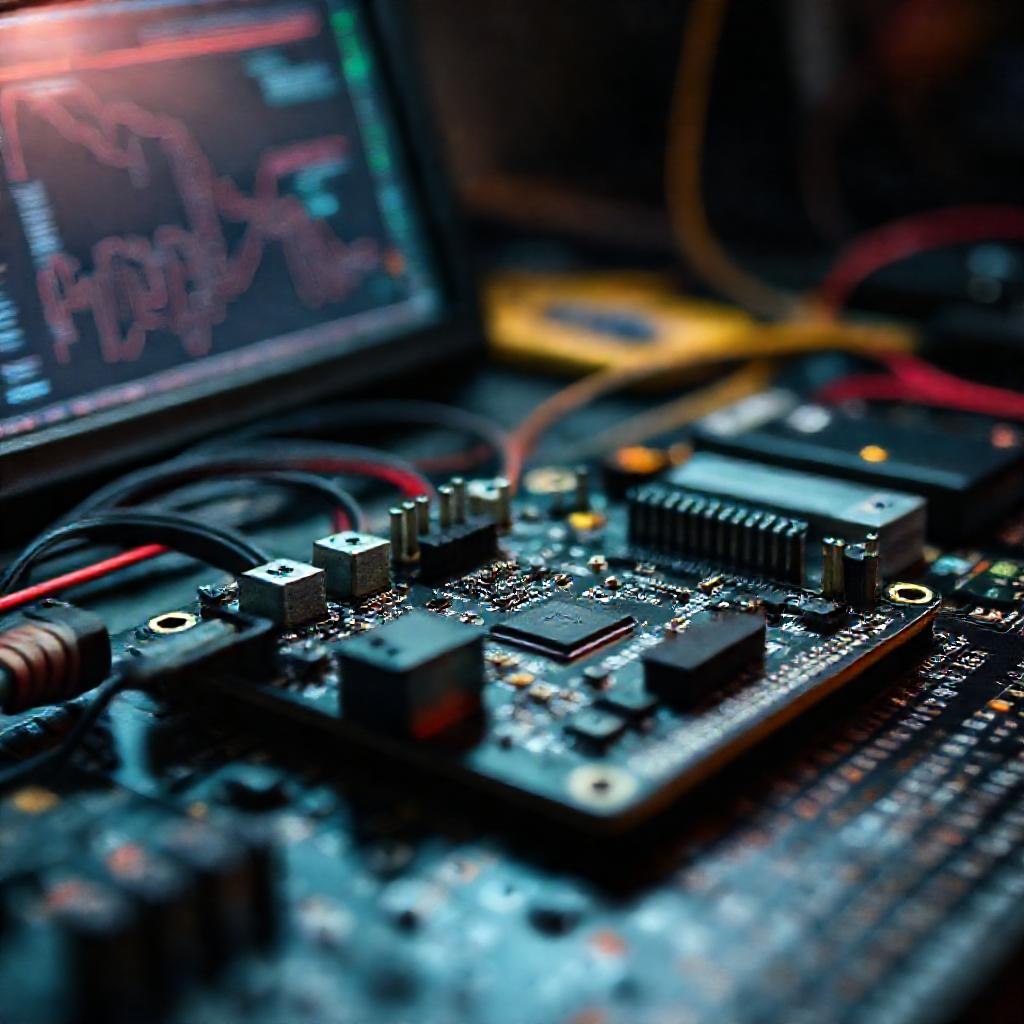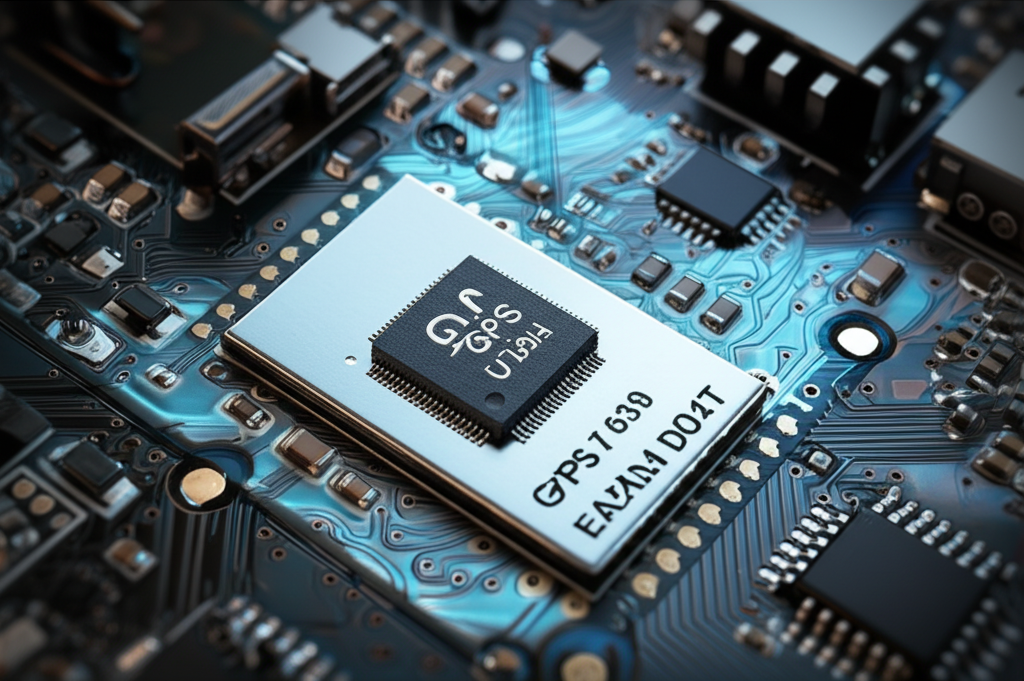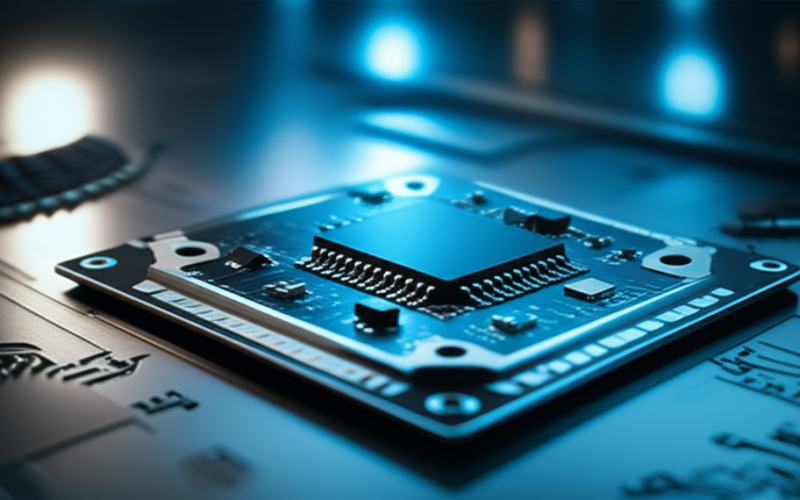Table of Contents Show
The integration of GPS modules with IoT technology has revolutionized the way we track locations and monitor movements. With the ability to provide real-time location data, GPS has become an essential component in various applications, including fleet management, asset tracking, and personal safety devices. The synergy between GPS and IoT enables efficient location monitoring, allowing for improved logistics, enhanced security, and increased productivity. In this blog post, we will delve into the world of GPS-IoT tracking, exploring the hardware components, communication protocols, setup process, challenges, and use cases. We will also discuss the key features to consider when choosing a GPS module, the importance of selecting the right IoT protocol, and the best practices for reliable and efficient implementation.
Historical Timeline
2010
First affordable GPS modules for IoT applications released
2015
Integration of GPS with IoT platforms for real-time tracking
2020
Widespread adoption of GPS IoT for fleet management and logistics
2023
Development of advanced GPS IoT for precision agriculture and smart cities
2025
Phase 5: Implementation of AI-driven GPS IoT for predictive analytics
Timeline infographic for Track Location with Gps Module and Send Data via Iot
Introduction to GPS Tracking and IoT Integration
GPS, or Global Positioning System, is a network of satellites orbiting the Earth, providing location information to GPS receivers on the ground. The role of GPS in real-time location tracking is crucial, as it enables devices to determine their precise location, velocity, and time. IoT, or Internet of Things, refers to the network of interconnected devices that transmit data to each other and to the cloud. The integration of GPS and IoT enables devices to send location data to the cloud, where it can be analyzed, visualized, and acted upon. Real-world applications of GPS-IoT tracking include fleet management, asset tracking, and personal safety devices. In the following sections, we will explore the hardware components, communication protocols, and setup process for GPS-IoT tracking.
Understanding GPS Modules for Location Tracking
How GPS Modules Work
GPS modules work by receiving signals from a network of satellites orbiting the Earth. The module uses these signals to calculate its precise location, velocity, and time. The basic operation of GPS modules involves satellite triangulation, where the module receives signals from multiple satellites and uses these signals to determine its location. The module also uses NMEA sentences, which are standardized messages that contain location data, to transmit location information to other devices. Key components of GPS modules include the antenna, receiver, and onboard processor. Popular GPS module types include the NEO-6M, NEO-7M, and u-blox.
Key Features to Consider When Choosing a GPS Module

When choosing a GPS module, there are several key features to consider. Accuracy is a critical factor, with standard modules providing accuracy of 2.5-5 meters and high-precision modules providing accuracy of up to 1 meter. The update rate is also important, with modules providing update rates of 1 Hz or 10 Hz. Power consumption is another critical factor, especially for battery-operated devices. Support for assisted GPS (A-GPS) and SBAS (WAAS, EGNOS) is also essential for improved accuracy and reliability. Finally, interface compatibility is critical, with modules providing interfaces such as UART, I2C, and SPI.

IoT Communication Protocols for Sending GPS Data
Overview of IoT Connectivity Options
There are several IoT communication protocols available for sending GPS data, including cellular, Wi-Fi, LoRaWAN, Bluetooth, and satellite. Cellular protocols, such as 4G LTE, NB-IoT, and LTE-M, provide wide-area coverage and high data rates. Wi-Fi protocols provide high data rates and low power consumption, but are limited to short-range applications. LoRaWAN protocols provide long-range coverage and low power consumption, but are limited to low data rates. Bluetooth protocols provide short-range coverage and low power consumption, but are limited to low data rates. Satellite protocols provide wide-area coverage, but are limited to low data rates and high latency.
Selecting the Right Protocol for GPS Data Transmission
When selecting an IoT protocol for GPS data transmission, there are several factors to consider. The deployment environment is critical, with different protocols suited to different environments. The required update frequency is also important, with different protocols providing different update rates. Power constraints are also critical, with different protocols providing different power consumption profiles. For example, NB-IoT is suitable for low-power, long-range asset tracking applications, while Wi-Fi is suitable for high-data-rate, short-range applications.
Hardware Setup for GPS-IoT Integration
Required Components
The hardware setup for GPS-IoT integration requires several components, including a microcontroller, GPS module, IoT communication module, power source, and optional components such as an OLED display and SD card. The microcontroller, such as an Arduino or ESP32, provides the processing power for the system. The GPS module, such as a NEO-6M, provides the location data. The IoT communication module, such as a SIM800L or ESP32, provides the communication protocol for sending data to the cloud. The power source, such as a battery or power bank, provides the power for the system.
Wiring and Connections
The wiring and connections for the GPS-IoT hardware setup are critical. The GPS module is connected to the microcontroller using a serial interface, such as UART or I2C. The IoT communication module is connected to the microcontroller using a serial interface, such as UART or SPI. The power source is connected to the microcontroller and other components using a voltage regulator and power management circuitry. It is essential to use level shifters if there is a voltage mismatch between components.
Software and Firmware Development
Parsing GPS Data (NMEA Sentences)
Parsing GPS data involves extracting location information from NMEA sentences, which are standardized messages that contain location data. The NMEA 0183 protocol provides a set of messages, including GGA and RMC sentences, which contain location data such as latitude, longitude, speed, and altitude. Libraries such as TinyGPS++ or Adafruit GPS provide a simple way to parse NMEA sentences and extract location data.
Transmitting GPS Data via IoT Channels
Transmitting GPS data via IoT channels involves sending location data to the cloud using a communication protocol such as HTTP or MQTT. The location data is extracted from the GPS module and sent to the cloud using a microcontroller and IoT communication module. The data is then stored and analyzed in the cloud, where it can be visualized and acted upon. Cloud platforms such as ThingSpeak, Blynk, or AWS IoT provide a simple way to transmit and analyze GPS data.
Choosing a Cloud Platform for Data Visualization
Choosing a cloud platform for data visualization is critical. Cloud platforms such as Google Maps API, Ubidots, Blynk, or AWS IoT provide a simple way to visualize and analyze GPS data. These platforms provide a range of features, including real-time tracking, geofencing, and alerting. When choosing a cloud platform, it is essential to consider factors such as scalability, security, and cost.
Real-World Applications of GPS-IoT Tracking
Fleet and Vehicle Tracking Systems
Fleet and vehicle tracking systems use GPS-IoT tracking to monitor vehicle location, speed, and routes. This information is used to optimize logistics, improve fuel efficiency, and enhance customer service. Integration with telematics provides additional features such as driver behavior monitoring and vehicle maintenance scheduling.
Asset and Equipment Monitoring
Asset and equipment monitoring use GPS-IoT tracking to track construction tools, shipping containers, or medical devices. This information is used to prevent theft, improve inventory management, and optimize asset utilization.
Personal and Pet Tracking Devices
Personal and pet tracking devices use GPS-IoT tracking to monitor the location of individuals or pets. This information is used to provide safety alerts, geofencing, and emergency response services.
Challenges and Best Practices
Common Challenges in GPS-IoT Projects
Common challenges in GPS-IoT projects include signal loss in urban canyons or indoors, high power consumption affecting battery life, data security during transmission, and latency and data reliability over long distances.
Tips for Reliable and Efficient Implementation
Tips for reliable and efficient implementation include using low-power modes and sleep cycles, implementing data compression and error handling, securing communication with TLS/SSL encryption, and providing regular firmware updates and over-the-air (OTA) capabilities.
Conclusion – The Future of Location Tracking with IoT
In conclusion, the integration of GPS and IoT has revolutionized the way we track locations and monitor movements. With the ability to provide real-time location data, GPS-IoT tracking has become an essential component in various applications, including fleet management, asset tracking, and personal safety devices. As the technology continues to evolve, we can expect to see emerging trends such as AI-powered route prediction, 5G connectivity, and edge computing. We encourage experimentation with open-source platforms and prototyping to unlock the full potential of GPS-IoT tracking.
Frequently Asked Questions (FAQ)
How accurate is GPS tracking with IoT devices?

GPS tracking with IoT devices can provide accuracy of 2.5-5 meters, depending on the environment and satellite visibility. Enhanced accuracy can be achieved using assisted GPS (A-GPS) or RTK.
Can GPS work indoors or underground?
GPS signals are weak indoors and underground, and alternative technologies such as Wi-Fi or BLE are often used for indoor positioning. Hybrid tracking with sensor fusion can also provide accurate location data in these environments.
What is the cost of building a GPS-IoT tracker?
The cost of building a GPS-IoT tracker can range from $20 to $50 for a basic prototype, depending on the components and features used. Commercial solutions can vary in cost based on the features and scale of the application.
How do I secure GPS data transmitted over IoT networks?
GPS data transmitted over IoT networks can be secured using encrypted protocols such as HTTPS or MQTT over TLS. Device authentication using API keys or certificates is also essential for secure data transmission.
Can I track multiple devices on a single dashboard?
Yes, cloud platforms support multi-device tracking, allowing you to assign unique IDs to each device and aggregate data in real-time. This provides a comprehensive view of all devices and enables efficient monitoring and management.



